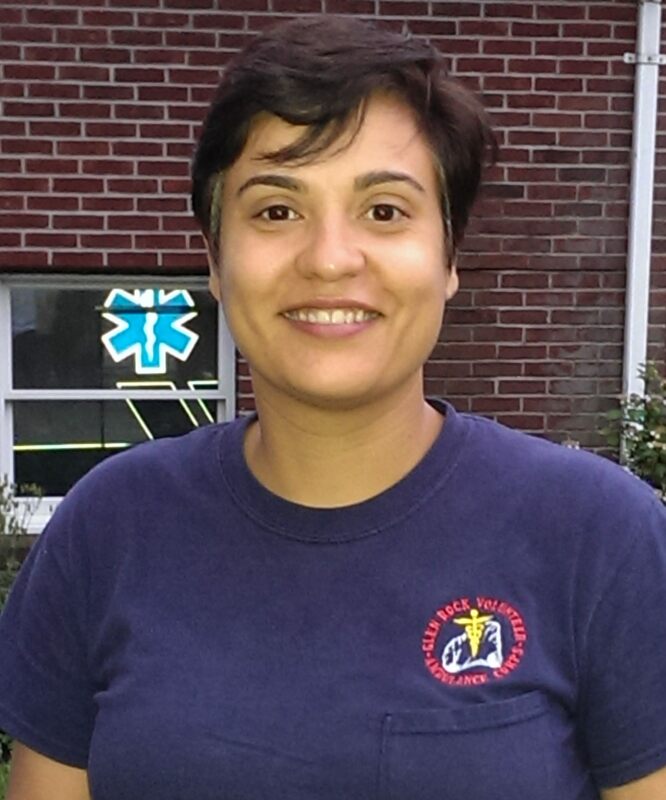Create An Emergency Family Escape Plan
Your family may not be together if a disaster strikes, so it is important to know which types of disasters could affect your area. We have listed some websites on this page that will help you create your plan. They include FEMA, Ready.Gov
Know how you’ll contact one another and reconnect if separated.
Establish a family meeting place that’s familiar and easy to find.
Step 1: Put together a plan by discussing these 4 questions with your family, friends, or household to start your emergency plan.
Step 2: Consider specific needs in your household.As you prepare your plan tailor your plans and supplies to your specific daily living needs and responsibilities. Discuss your needs and responsibilities and how people in the network can assist each other with communication, care of children, business, pets, or specific needs like the operation of durable medical equipment. Create your own personal network for specific areas where you need assistance. Keep in mind some these factors when developing your plan:
Step 3: Fill out a Family Emergency PlanDownload and fill out a family emergency plan or use them as a guide to create your own.
Step 4: Practice your plan with your family/householdAssociated Content
Your family may not be together if a disaster strikes, so it is important to know which types of disasters could affect your area. We have listed some websites on this page that will help you create your plan. They include FEMA, Ready.Gov
Know how you’ll contact one another and reconnect if separated.
Establish a family meeting place that’s familiar and easy to find.
Step 1: Put together a plan by discussing these 4 questions with your family, friends, or household to start your emergency plan.
- How will I receive emergency alerts and warnings?
- What is my shelter plan?
- What is my evacuation route?
- What is my family/household communication plan?
Step 2: Consider specific needs in your household.As you prepare your plan tailor your plans and supplies to your specific daily living needs and responsibilities. Discuss your needs and responsibilities and how people in the network can assist each other with communication, care of children, business, pets, or specific needs like the operation of durable medical equipment. Create your own personal network for specific areas where you need assistance. Keep in mind some these factors when developing your plan:
- Different ages of members within your household
- Responsibilities for assisting others
- Locations frequented
- Dietary needs
- Medical needs including prescriptions and equipment
- Disabilities or access and functional needs including devices and equipment
- Languages spoken
- Cultural and religious considerations
- Pets or service animals
- Households with school-aged children
Step 3: Fill out a Family Emergency PlanDownload and fill out a family emergency plan or use them as a guide to create your own.
Step 4: Practice your plan with your family/householdAssociated Content
- FEMA, How to make an Emergency Escape Plan
- FCC/FEMA Family Emergency Communication Tips
- Emergency Plan for Kids or (PDF)
- Evacuation and Shelter-in-Place
- Protect Critical Documents and Valuables
- Document and Insure Your Property
- Emergency Financial First Aid Kit
- Consumer Financial Protection Bureau Disaster Checklist (PDF)
- Make A Plan (Video)
Content on this page is from FEMA and Ready.Gov
|
When I moved from New York City to Glen Rock, I quit my job and felt lost. My husband, a native Glen Rocker and retired New York City police detective, decided to rejoin the Glen Rock Fire Department, which regenerated a strong bond of camaraderie and sparked my desire to volunteer. After six months of training, I graduated the EMT academy with the sense of pride and confidence that I missed. Being a GRVAC member gives me validation and purpose. The GRVAC offers babysitting reimbursement so members can make calls. Learn how you can qualify for this program.
Jennette Montgomery |

